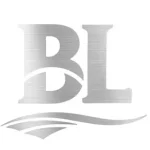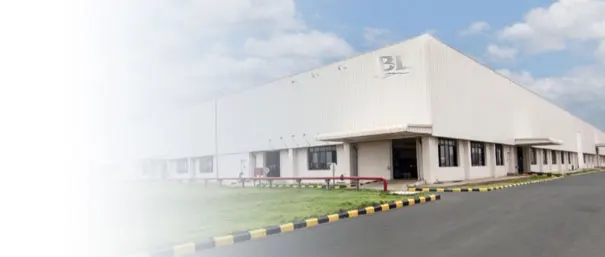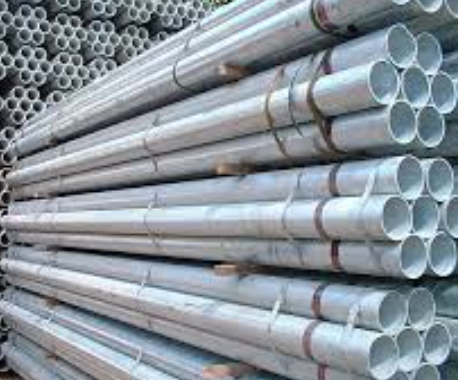Eco-Friendly Galvanizing: Low-VOC Coatings and Sustainable Practices in Modern Steel Pipe Production


The decarbonization of steel manufacturing increasingly depends on cleaner surface protection systems. In galvanized steel pipe production, low-VOC (volatile organic compounds) coatings, optimized zinc usage, and closed-loop resource management can significantly reduce the environmental footprint without compromising performance. This article explains how modern process control, chemistry selection, and lifecycle thinking enable greener galvanizing—and how a technically integrated supplier like BaoLi Iron & Steel Co.,Ltd aligns quality and sustainability for global clients.
Why low-VOC matters in galvanized pipe finishing
Traditional solvent-borne topcoats and sealers may emit substantial VOCs during application and curing, affecting worker safety, local air quality, and regulatory compliance. Low-VOC and ultra-low-VOC formulations—often waterborne acrylics, silane-modified resins, or advanced polyurethane dispersions—can cut VOC emissions by 50–90% compared with legacy systems while delivering strong adhesion to zinc, corrosion resistance, and UV durability. When combined with precise surface preparation and tighter film-build control, these coatings help manufacturers meet stringent global standards without adding cost or complexity downstream.
Sustainable practices across the galvanizing line
Sustainability in galvanizing extends beyond the coating. From pickling chemistry to rinse water recovery and zinc dross recycling, each step influences lifecycle impacts. Key approaches include:
- Acid management and alternative pickling: Optimizing hydrochloric or sulfuric pickling with inhibitor packages reduces over-etching and salt load. In specific cases, mechanical descaling can partially replace chemical pickling to reduce acid demand.
- Flux optimization: Potassium-zinc chloride fluxes with tighter bath control limit fuming, improve wetting, and promote even zinc layers, cutting rework and zinc consumption.
- Heat efficiency: Recuperative burners, induction preheating, and thermal insulation minimize fuel usage in drying and hot-dip stages.
- Water stewardship: Counter-current rinsing, conductivity-triggered makeup water, and on-site treatment reduce freshwater intake and ensure compliant discharge.
- Material circularity: Skimmings, ash, and dross are recoverable zinc sources; steel scrap from trimming re-enters the melt stream. Documented recycling rates support EPDs and project sustainability targets.
| Parameter | Typical Range / Spec | Notes |
|---|---|---|
| Zinc coating mass (HDG) | ≥ 200–600 g/m² (per side, application dependent) | Aligned with ASTM A123/A153 or ISO 1461 trends, tailored by exposure class |
| Surface profile (pre-coat) | Rz 5–15 μm | Improves coating adhesion; avoid over-roughness that increases film demand |
| Low-VOC topcoat VOC | < 100 g/L (many waterborne systems) | Meets stringent air-quality regulations in multiple markets |
| Dry film thickness (DFT) | 20–60 μm (single or multi-coat) | Optimized by exposure, abrasion, and UV resistance needs |
| Curing conditions | Ambient to 80–120°C forced-dry | Balance cure speed with energy and substrate temperature limits |
Process integration: from steel chemistry to finishing
Galvanized pipe performance depends on the upstream steel grade and downstream finishing. Silicon and phosphorus content influence zinc layer morphology (Sandelin effect), potentially increasing coating thickness and gray appearance. Modern mills control these elements within tight windows to improve uniformity, reduce zinc consumption, and stabilize aesthetics. Shot blasting or light pickling followed by controlled fluxing ensures consistent wetting. In-line monitoring—laser thickness gauges, bath temperature tracking, and AI-supported defect detection—prevents overcoating, reduces rework, and supports traceability for audits and certification.
Low-VOC coating chemistries compatible with zinc
Zinc’s reactivity demands carefully formulated topcoats. Waterborne acrylics with corrosion inhibitors provide fast-drying protection for indoor and mild outdoor service. Silane- or siloxane-modified polymers improve barrier performance and hydrophobicity for coastal or industrial atmospheres. Two-component water-dispersed polyurethanes can reach higher abrasion resistance, useful in logistics-intensive projects. In each case, pretreatments—zinc phosphate alternatives, nano-ceramic layers, or silane adhesion promoters—boost bonding and reduce underfilm creep, extending repaint cycles and lowering lifecycle emissions.
BaoLi Iron & Steel Co.,Ltd is a China-based manufacturer focused on quality, customization, and global service. We supply galvanized pipes with tailored zinc mass, surface finish, and low-VOC topcoat systems, supporting detailed specifications and documentation for infrastructure, automotive, and manufacturing projects. Explore our product lines for reliable corrosion protection with measurable sustainability gains:
galvanized steel pipes and
galvanized steel pipe.
Lifecycle and compliance advantages
Selecting low-VOC coatings and greener process routes supports compliance with LEED, BREEAM, and local emissions directives. From a lifecycle perspective, corrosion delays can eliminate entire repaint cycles, compounding carbon savings and cutting OPEX for asset owners. With environmental product declarations (EPDs) and batch-level traceability, stakeholders can quantify embodied impacts and verify claims in procurement and ESG reporting. For project developers, these attributes can influence financing, permitting, and community acceptance.
| Lever | Typical Impact | Implementation Notes |
|---|---|---|
| Low-VOC waterborne coatings | Cut VOCs by 50–90% | Requires humidity and temperature control for consistent cure |
| Flux bath optimization | Lower zinc consumption and fuming | Monitor density, pH, iron pickup; skim frequently |
| Heat recovery | 5–15% fuel savings | Integrate with dryers and preheaters, insulate transfer zones |
| Water recycling | Reduce freshwater intake 30–60% | Install counter-flow rinses and closed-loop polishing |
| Zinc dross recovery | High material circularity | Partner with certified recyclers; document mass balance |
Quality assurance: testing and documentation
Performance verification combines coating thickness checks (magnetic gauge per ISO 2178), adhesion testing (cross-cut or pull-off), salt-spray or cyclic corrosion testing (ISO 9227/12944), and gloss/color stability assessments for architectural projects. Dimensional checks ensure no bore constriction or thread interference in pipe ends. Digital batch records capture steel grade, zinc mass, coating ID, curing profile, and inspection results, supporting audits and warranty claims. BaoLi Iron & Steel’s quality system targets 100% customer satisfaction through robust traceability and process capability analysis.
Applications and customization
Low-VOC galvanized pipes serve building services, fencing, scaffolding, cable supports, and low-pressure conveyance where corrosion resistance and clean aesthetics matter. For coastal or industrial atmospheres, BaoLi can increase zinc mass, specify silane-modified topcoats, and add factory-applied sealers to extend service life. For automotive and fabrication customers, tight straightness, controlled ovality, and clean weldability reduce process waste and assembly time. Through custom sizing, cut-to-length, threading, and packaging, we align supply to project workflows and optimize total installed cost.
Ready to specify greener galvanized pipes with assured performance? Consult our engineering team for coating selection, exposure class mapping, and documentation packages. Explore our
galvanized steel pipes
ranges and request tailored options from BaoLi Iron & Steel Co.,Ltd—your reliable partner in sustainable steel solutions.
Conclusion
Eco-friendly galvanizing is not a compromise; it is a system optimization. Low-VOC coatings, precise zinc management, energy-efficient curing, and circular resource flows deliver improved compliance, durability, and cost predictability. With integrated manufacturing, technical support, and global service, BaoLi Iron & Steel Co.,Ltd helps you turn sustainability goals into reliable, certified outcomes across the full lifecycle of galvanized steel pipe assets.



